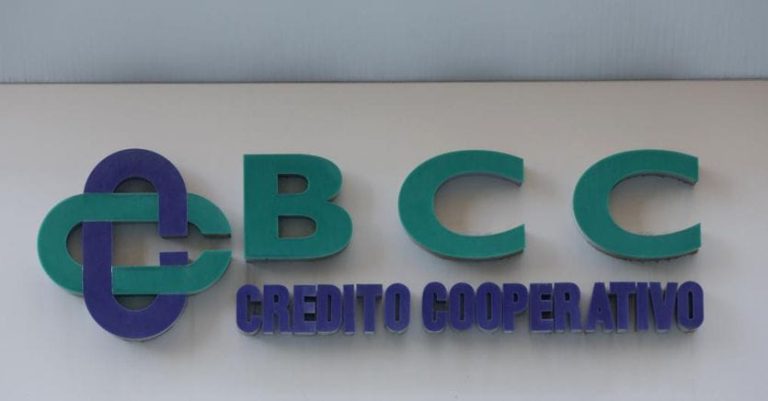The objectives of restoring European habitats (forests, prairies and wetlands, rivers, lakes and corals) are the subject of the proposal for a regulation on the restoration of nature approved by the EU Parliament on 27 February. Among these, until 2030, those of the Natura 2000 network have priority.
The word now passes to the European Council and then to the Official Journal. Since more than 80% of European habitats are in poor condition, the proposal sets out the timetable for the restoration of habitats in poor condition: at least 30% by 2030, 60% by 2040 and 90% by 2050. To this end, Member States must adopt national recovery plans detailing how they intend to achieve the objectives. All this, in order to achieve European objectives on climate and biodiversity and improve food security.
Member States must ensure that restored areas do not deteriorate significantly again. The regulation aims to ensure compliance with the international commitments made by the European Union under the Kunming-Montreal Global Framework for Biodiversity.
An ecological network
«Natura 2000» is an ecological network created to safeguard and protect the quality of the environment, including the conservation of natural habitats, wild flora and fauna. It is made up of areas identified by the Member States and divided into Sic (Sites of Community Interest), Zsc (Special Conservation Areas) and Zps (Special Protection Areas). In these areas, human activities can be carried out subject to specific authorization.
According to data provided by the Ministry of the Environment, Italy is thirteenth in Europe for the number of areas included in Natura 2000 which protect 132 habitats, 90 species of flora and 114 fauna.







+ There are no comments
Add yours